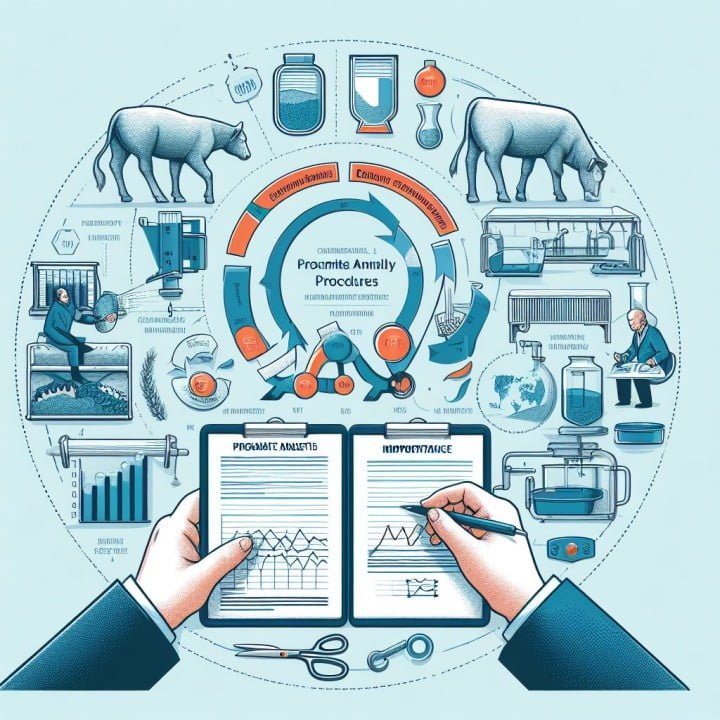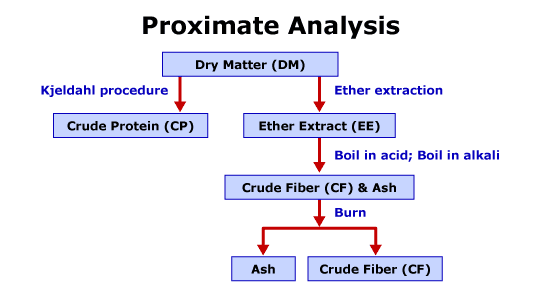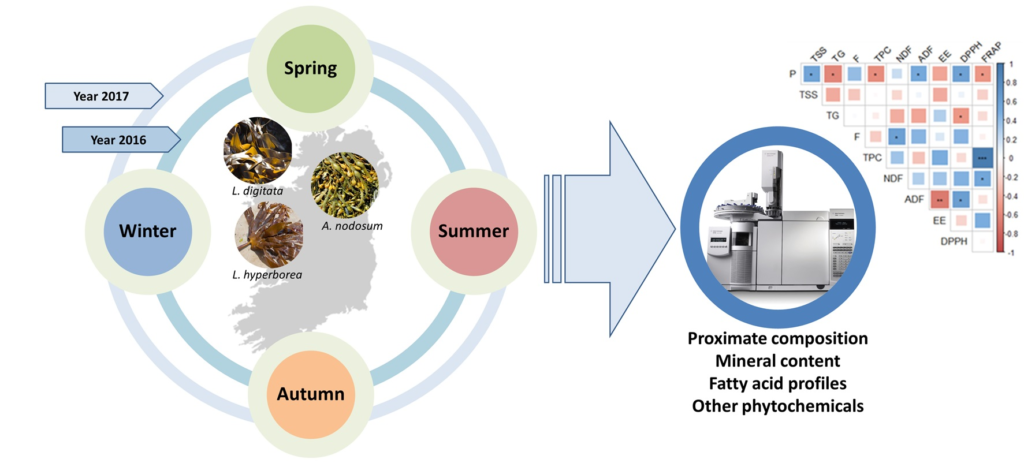Knowing the ingredients of food is essential in the field of food science. In this endeavour, this analysis is essential since it offers a set of standardised techniques for identifying food’s principal constituents, which are moisture, protein, fat, ash (minerals), and occasionally carbohydrates (by difference). This data is useful for designing products, determining nutritional value, and guaranteeing food safety and quality, among other things.
Table of Contents
Importance of Proximate Analysis
- Food Quality and Safety: Proximate analysis helps ensure the consistency and quality of food products. By monitoring major components, manufacturers can detect potential spoilage or adulteration. For example, high moisture content can indicate microbial growth, while excessive ash content might suggest contamination.
- Product Formulation: Creating new food products or reformulating old ones requires an understanding of ingredient composition. Baking periods can be adjusted based on moisture content, texture can be affected by protein content, and taste, mouthfeel, and shelf life can be affected by fat concentration.
- Nutritional Labeling: Nutritional labelling, which tells consumers about the main nutrients included in a food product, is based on this analysis. As a result, people are able to make educated dietary decisions and the nutritional worth of products is accurately represented.
- Regulatory Compliance: Regulatory bodies often set standards for food composition. Proximate analysis helps manufacturers comply with these standards, ensuring the safety and quality of the food they produce.
- Research and Development: In food science research, proximate analysis is a fundamental tool. It allows researchers to study the impact of processing techniques on food composition, understand the nutritional value of novel ingredients, and evaluate the effectiveness of food preservation methods.

Methods of Proximate Analysis
Here’s a breakdown of the primary methods used in proximate analysis:
- Moisture Content: This is typically determined by drying a known weight of sample in an oven at a specific temperature until a constant weight is achieved. The difference in weight represents the moisture content of the sample.
- Protein Content: The most common method for protein determination is the Kjeldahl method, which involves converting all nitrogen in the sample to ammonia, followed by its quantification and conversion to represent the total protein content.
- Fat Content: There are various methods for fat analysis, including the Soxhlet extraction method. This method involves extracting fat from a sample using a solvent (e.g., hexane) and then evaporating the solvent to quantify the extracted fat.
- Ash Content: The ash content is determined by burning a known weight of sample at high temperatures in a muffle furnace. The remaining residue represents the mineral content (ash) of the sample.
- Carbohydrate Content (by difference): While not always directly measured, the carbohydrate content can be estimated by subtracting the sum of moisture, protein, fat, and ash from the total weight of the sample. This provides an approximation of total carbohydrates, but it doesn’t differentiate between different types (e.g., sugars, starches).

Limitations and Considerations of Proximate Analysis
Proximate analysis provides a valuable starting point for understanding food composition, but it has limitations:
- Doesn’t Identify Specific Components: Each category (e.g., protein) encompasses a wide range of individual components. Proximate analysis doesn’t distinguish between different types of proteins, fats, or carbohydrates.
- Potential for Errors: Accuracy depends on several factors, including the specific method used, sample preparation, and equipment calibration.
- Limited Information on Availability: Proximate analysis doesn’t provide information on the availability of nutrients for the body. For example, some types of fiber will not be fully accounted for in the analysis, even though they can impact digestion.

Future Directions:
Proximate analysis remains a cornerstone of food analysis, but advancements are ongoing:
- Near-Infrared Spectroscopy (NIR): This technique offers a rapid and non-destructive method for estimating moisture, protein, fat, and carbohydrate content.
- Chromatographic Techniques: These techniques can provide more detailed information about specific types of carbohydrates, proteins, and fats in a sample.
Conclusion
Proximate analysis is a fundamental tool in food science, providing vital information for food quality and safety, product development, nutritional labeling, and research. While limitations exist, this standardized approach offers a reliable framework for understanding the major components of food and continues to evolve alongside advancements in analytical techniques.
Additional Points:
- Standardization: Standardized methods are crucial for ensuring accuracy and consistency in proximate analysis. Organizations like AOAC International (Association of Official Analytical Chemists International) provide standardized protocols for various components.
- Sample Preparation: Proper sample preparation is essential for accurate results. This may involve grinding, homogenizing, or drying the sample before analysis.
Frequently Asked Questions (FAQs)
What is the importance of proximate analysis?
Proximate analysis is important because it provides information about the major nutrients in animal feed.
What are the main four parts of proximate analysis?
The Proximate Analysis includes Moisture, Ash, Volatile Matter and Fixed Carbon content. They are determined by means gravimetric tests, both direct and indirect, that allow their calculation.
What are the approximate methods?
Approximate methods may be divided into three broad interrelated categories; “iterative,” “asymptotic,” and “weighted residual.”
Related Articles

